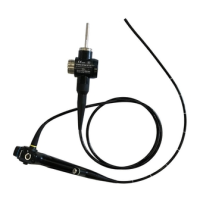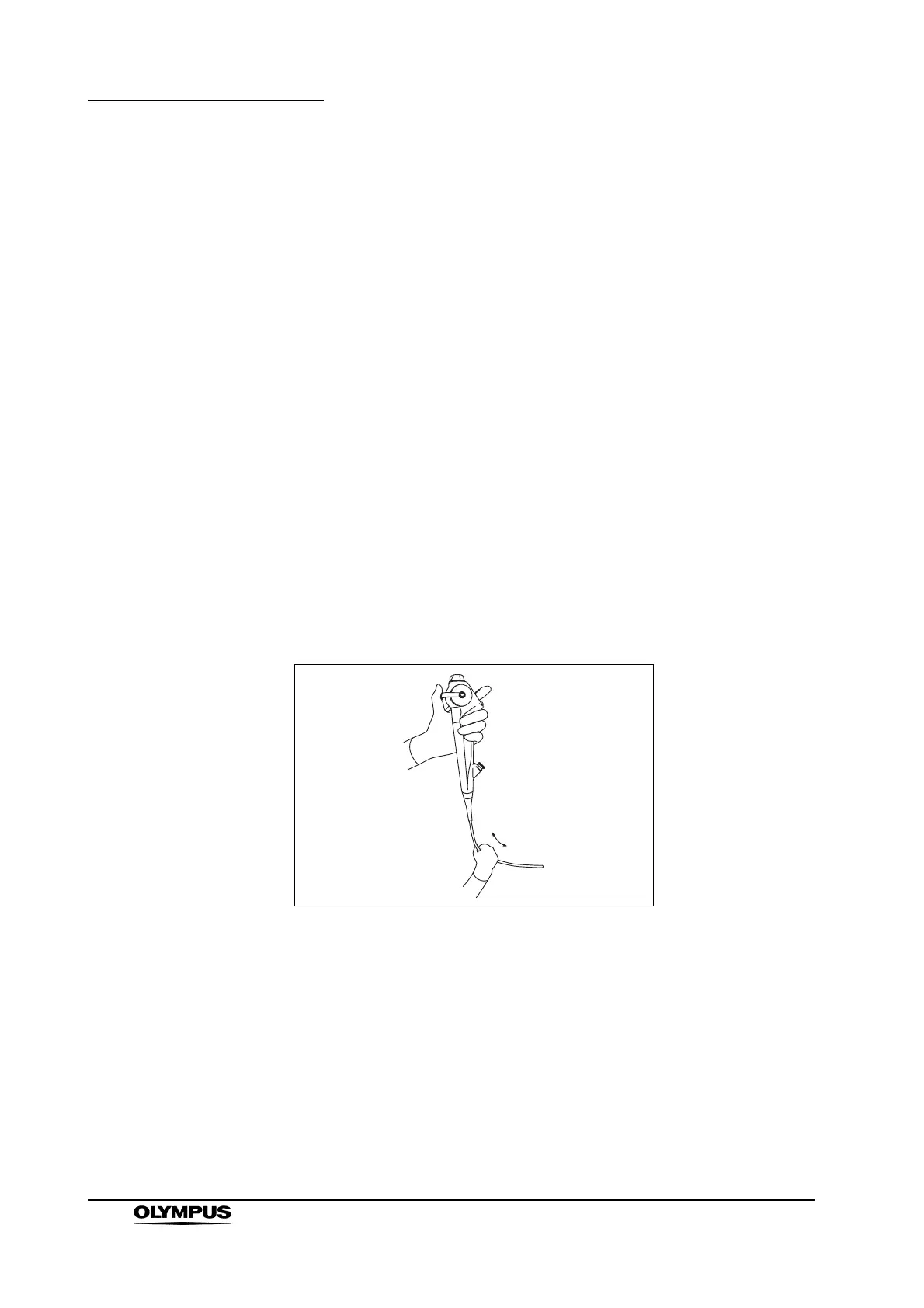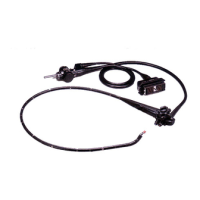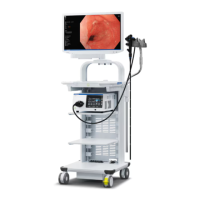26
Chapter 3 Preparation and Inspection
BF TYPE 160 Series OPERATION MANUAL
3.2 Inspection of the endoscope
Clean and disinfect or sterilize the endoscope as described in its companion
reprocessing manual. Then remove the water-resistant cap from the endoscope
connector.
Inspection of the endoscope
1. Inspect the control section and the endoscope connector for excessive
scratching, deformation, loose parts or other irregularities.
2. Inspect the boot and the insertion tube near the boot for bends, twists or
other irregularities.
3. Inspect the external surface of the entire insertion tube including the
bending section and the distal end for dents, bulges, swelling, peeling,
scratching, holes, sagging, transformation, bends, adhesion of foreign body,
dropout of parts, any protruding objects or other irregularities.
4. Carefully run your fingertips over the entire length of the insertion tube.
Inspect for any protruding objects or other irregularities. Also confirm that
the insertion tube is not abnormally stiff (see Figure 3.2).
Figure 3.2
5. Inspect the covering of the bending section for sagging, swelling, cuts, holes
or other irregularities.
6. Gently hold the midpoint of the bending section and a point 20 cm from the
distal end. Push and pull gently to confirm that the connection between the
bending section and the insertion tube is not loose.
7. Inspect the objective lens at the distal end of the endoscope’s insertion tube
for scratching, cracks, stains, gaps around the lens or other irregularities.

